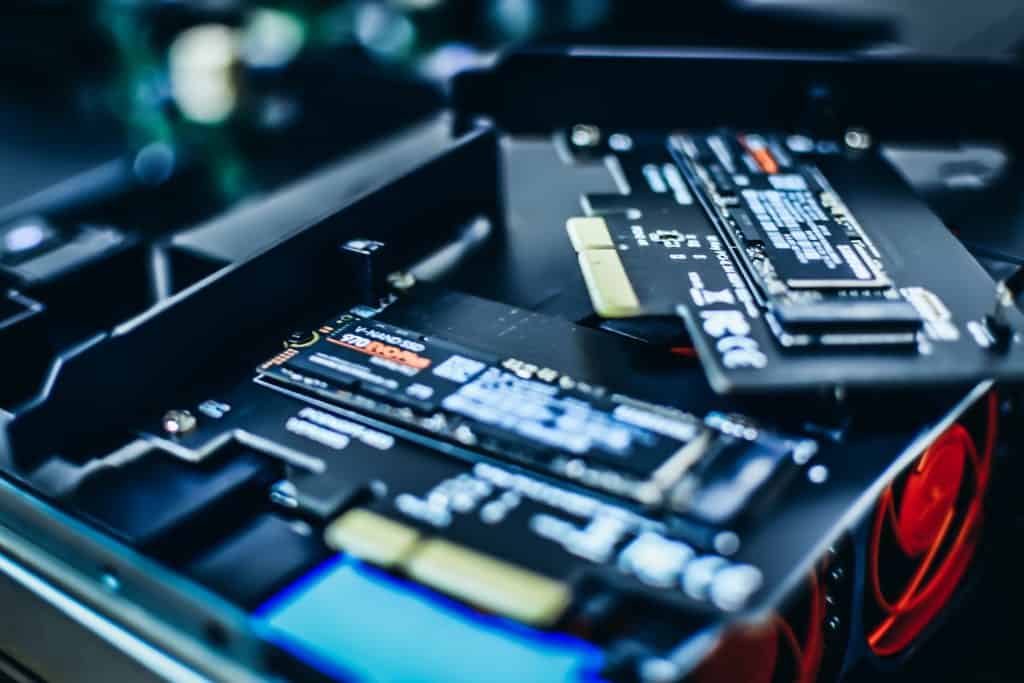
Usually, the motherboards comes with only one slot, so you can put only one M.2 card. However, if your motherboard has two slots, then you can put two cards in it.
The only limiting factor here is how many ports are present in your motherboard.
Some SSD cards come with a SATA interface. You can add these cards as per the number of slots you have on your laptop or PC. Some M.2 SSDs also come with additional kits wherein you can find adaptors for connecting to SATA ports.
You can also add adapter cards which have more number of M.2 slots or SATA ports, so you can connect as many slots as you want.
How many SSDs do I need?

The number of SSDs you need depends upon what your requirements are. Suppose if you want to install an SSD for your gaming needs or for improving your gaming experience, then it would be better to get more than one SSDs. However, if you just do regular work on your PC, such as watching movies, videos, or doing office work, then it would be better if you install not more than one SSD.
Here are certain storage guidelines which can be helpful;
- 128 GB – if you use your laptop or PC for browsing the internet, watching videos, etc., then this much storage capacity is ok.
- 256 GB – this much storage is ok if you are a student. However, if you are a gamer, then you may need more space. So consider buying either SSD or HDD for more storage and better performance.
- 512 GB – This is a decent or minimum space requirement for a gamer,
- 1 TB – this is enough space requirement for a gamer. However, if you work on software or you are a professional video creator or editor, then you require more space. These people may need to buy an SSD for better work.
- 2 TB – more than enough storage for gamers or photographers, video editors, graphic designers. However, they may still increase their storage by including an HDD, because the price per GB is usually cheaper.
- 4 TB – this much space is probably enough for every professional.
Do SSD and HDD use the same cables?
Connecting a SSD or HDD to a laptop doesn’t require cables, because the drive is directly attached to laptop motherboard.

However, if these drives use the SATA interface, to connect these drives to a desktop computer is needed a SATA cable and a power connector from the power supply. The power connector gives power to the drive.
One can use the same cable for both HDD and SSD if they have the same interface. All cables of the SATA cables are identical to each other, and therefore they will work with both of them.
It is very important that both cables are SATA cables. Otherwise, they may not be compatible.
Endnote
SSDs or HDDs are storage devices that increase the space and overall functionality of your computer. It is recommended to such people or professionals who suffer from slow computer speed or insufficient storage.
If you suffer from any of these issues, then you should definitely opt. for SSDs or HDDs. Always first look for your computer’s specifications and needs before buying any drives.
These devices come in the must-have category and will surely be worth your money.
Related:
